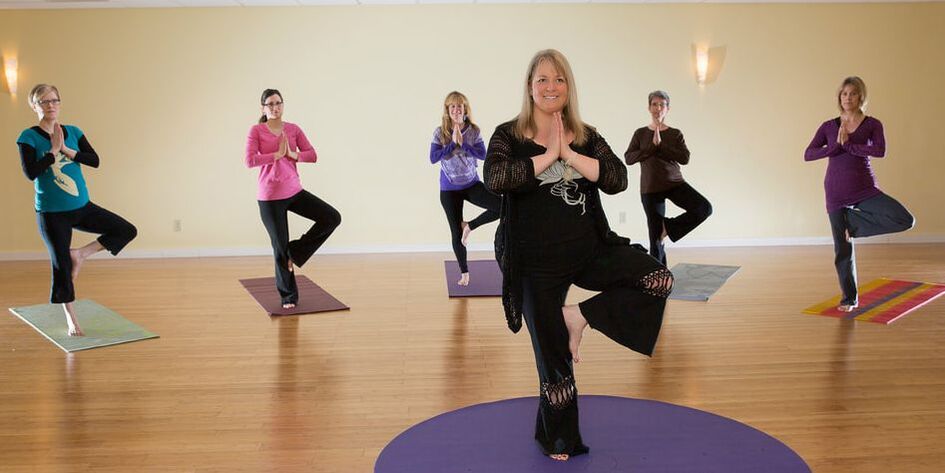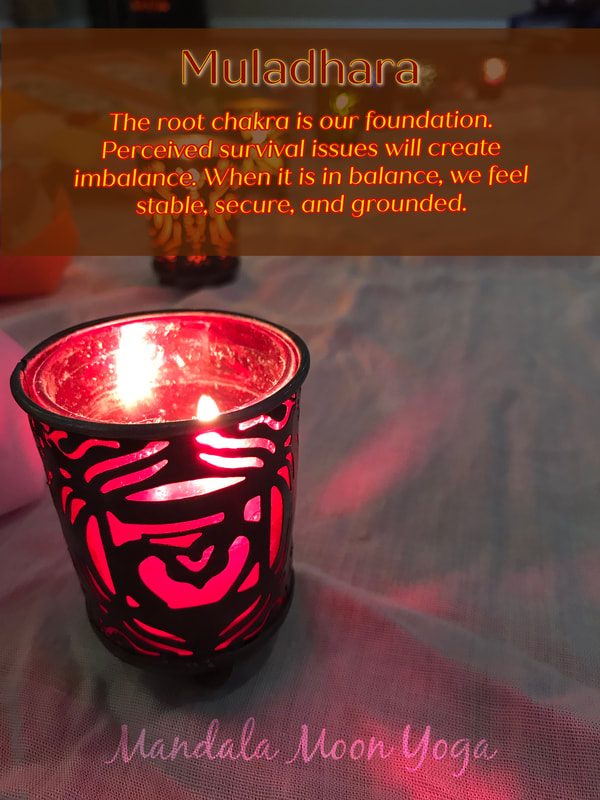Sanskrit:
Vrksasana (vrik-SHAH-sah-nah)
Vrksa = the trunk of a tree; asana = pose
Benefits:
Tree pose strengthens, stretches and stabilizes the body from the feet up through the shoulders. It helps develop and improve concentration, balance, and posture.
How to Practice:
- Stand in Tadasana (Mountain Pose) with your feet parallel and hip-width apart. Place your hands on your waist.
- Shift your weight onto your left foot. Lengthen your left leg. Focus your gaze at a spot on the floor in front of you or on the wall across the room.
- Bring your right foot to the inside of your lower left leg, below the knee, or use your hands to bring it up to the inside of your left thigh, above the knee. Press your right knee back toward the wall behind you and down. Press your right foot into the left leg. Avoid placing the foot on the knee joint.
- Level your hips. Tilt your pelvis to neutral, engaging your abdominals and lengthening your low back.
- If you are feeling stable, reach out through your fingertips as you raise your arms into a V position overhead, like a tree's branches reaching up toward the sun. Keep your arms extended just outside the ears. Lengthen through the waist, and keep drawing your shoulders back and down.
- Press down through the supporting leg, and reach up through the crown of the head to lengthen the spine.
- Draw your bent knee back and down. Square your hips to the front and adjust them so they are the same height.
- Inhale a little taller, and then to release, reach out through your fingertips, and exhale as you lower your arms to your sides. Guide your lifted leg to the ground and balance on both feet. Rest, and repeat on the other side.
- Keep the hands on the waist.
- Place your heel on the inner leg with toes on the ground “like a kickstand.”
- Place your foot on a block.
- Practice with your hands on a chair back or near a wall to steady yourself.
Check with your healthcare provider before beginning any physical practice. If you have heart disease or high blood pressure or if you are struggling to balance, keep your hands on your waist or in anjali mudra (prayer position) at the chest throughout the posture. As always, if a posture causes pain, come out of it immediately. Ask a qualified yoga teacher for assistance.



 RSS Feed
RSS Feed